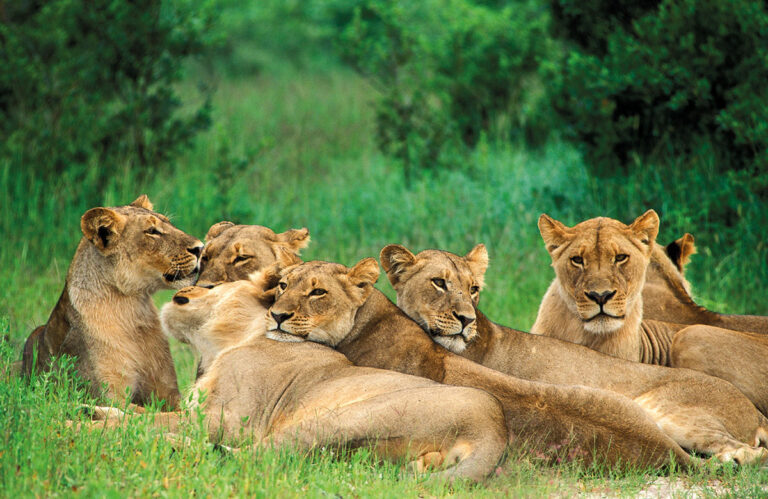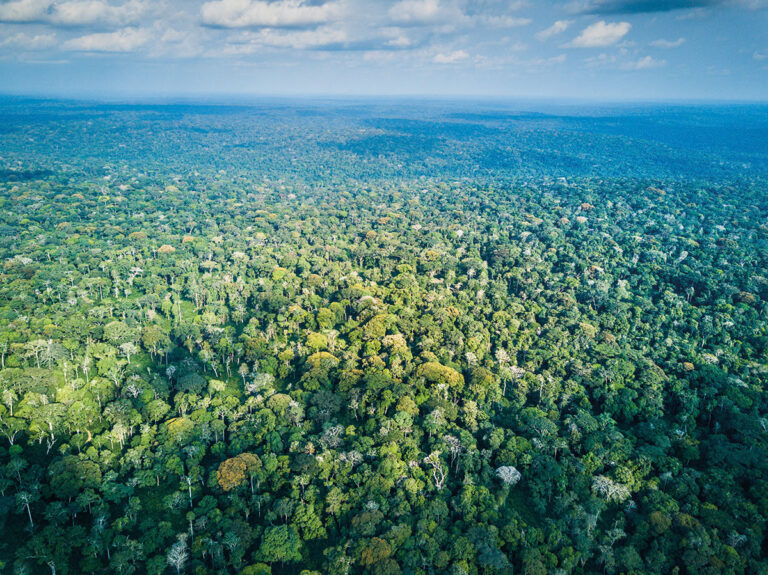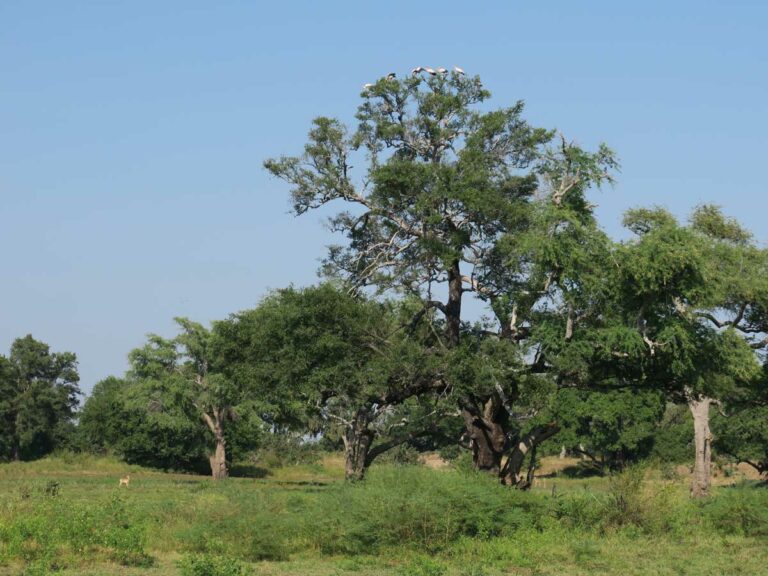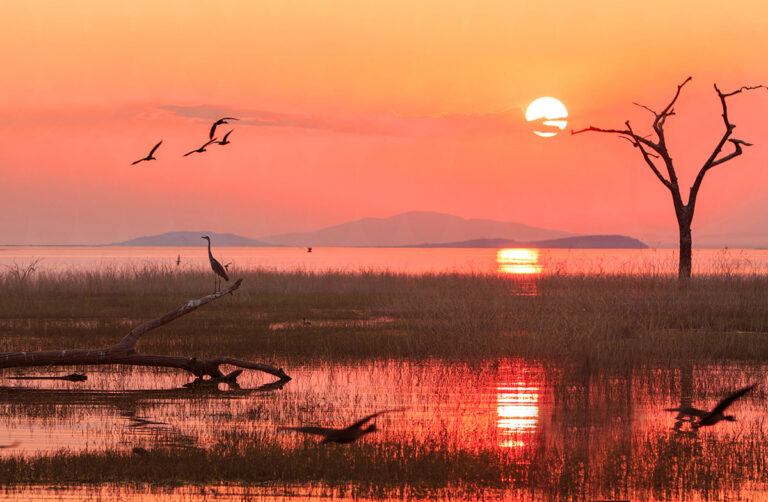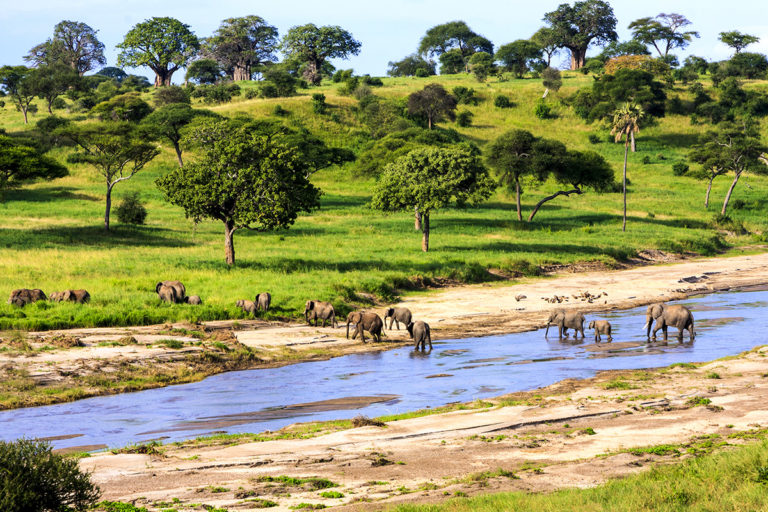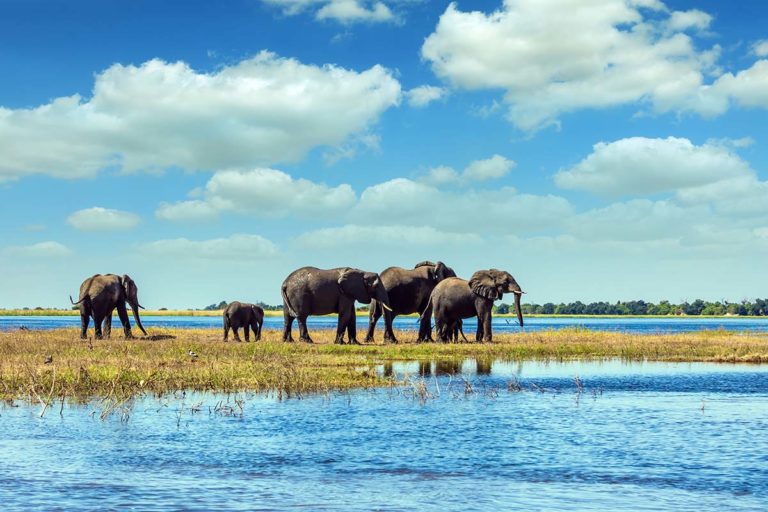25 Reasons to visit Kenya
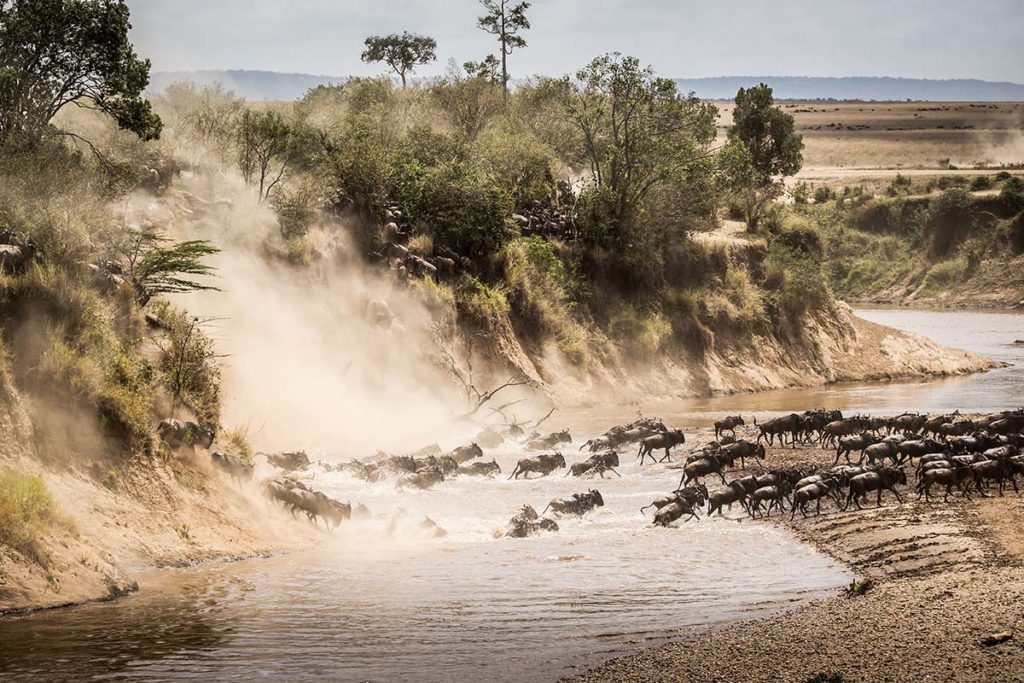
Kenya is a microcosm of Africa. It has more than fifty of the world’s most breathtaking national parks, harbours some of Earth’s most threatened wildlife and promises an experience that’s both spiritually moving and visually luminous. So, in case Kenya doesn’t already feature on your list of dream destinations, Jane Barsby tells you why it should.
01 Marvel at the Mara
Home to the ‘greatest wildlife show on earth’ — the annual migration of one-and-a-half million wildebeest and their accompanying escort of zebra, antelope and predators — the Masai Mara remains Kenya’s most famous reserve thanks to the sheer brilliance of its game viewing. Here, in a single morning, you can expect to see vast numbers of elephant, lion, giraffe, hippo and a veritable kaleidoscope of plains game, interspersed with such superb sightings as a lone cheetah perched on a termite mound, a leopard up a tree or a family of warthogs high-tailing it across the savannah.
• Walking is not allowed here, so if you’d like to hike across the Greater Mara, visit one of the many private conservancies that fringe the reserve.
02 Out of Africa
Perhaps the greatest single influence on the country’s tourism was the Danish writer Karen Blixen, whose book Out of Africa was made into an award-winning film, thus prompting an entire generation to yearn for Kenya. Both begin with the words, ‘I had a farm in Africa, at the foot of the Ngong Hills’, and you can visit this house in the Karen district of Nairobi, where it has been turned into a museum.
• While in Karen, why not stroke a giraffe at the African Fund for Endangered Wildlife Giraffe Centre or cuddle a baby elephant at The David Sheldrick Wildlife Trust’s Elephant Orphanage.
03 Ghostly in Gedi
Just north of Watamu, on the silver-blue Swahili coastline, are the remains of the thirteenth-century town of Gedi, which was allegedly deserted by its occupants at the approach of cannibals. Now it is a picturesque ruin with crumbling streets, market places, palaces and mosques, all buried in the dense coastal forest, where silky-cloaked colobus monkeys preen. But, for many centuries, as the sun sets, it has been reported that a dark presence follows those who linger too late, so beware.
• Near the entrance to Gedi is Kipepeo, a butterfly farm where you can witness the entire cycle of a butterfly’s life.
04 Go west
For an entirely different take on Kenya, visit western Kenya — famous for its green quilt of tea bushes that blankets the landscape and rolls down almost to the shores of mighty Lake Victoria. Once you’ve sipped tea here, you’ll never regard this delicious drink in quite the same light again. Clear and smokily aromatic, pure Kenyan leaves fresh from the bush taste quite different.
• For the ultimate experience spend a night or two at the Kericho Tea Hotel.
05 Mine with the elephants
High in the mist-wreathed hills of western Kenya, Mount Elgon is a towering volcanic giant, honeycombed by bat-filled, labyrinthine caverns where the world-famous ‘troglodyte’ elephants come to mine for salt. A place of wild moorland, dense forests and stark basalt cliffs, this is about as far off the beaten track as you can get. It’s ideal for a gentle stroll or strenuous trek alike.
• If you’d like to explore the Kitum cave, the most famous of them all, you should email Kenya Wildlife Service (KWS) in advance to arrange a guide.
Sign up to our newsletter at https://travelafricamag.com/
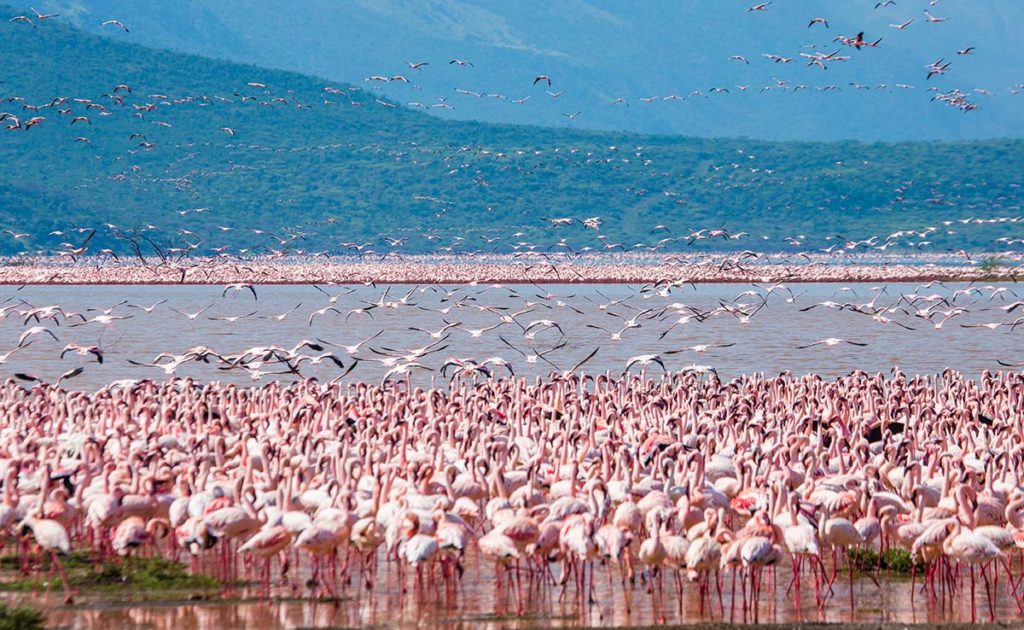
06 Visit a lake with a difference
To appreciate the power of the convulsions that formed the mighty Great Rift Valley you need to visit Lake Bogoria National Reserve. The most dramatic yet least-visited of the Great Rift lakes, Bogoria is a long thin ribbon of pewter-blue water, often candy-frosted with flamingos, while around its shores 200 boiling geysers spew jets of water high into air that reeks of sulphur. Add to this the bizarre spectacle of visitors boiling eggs in the bubbling rock pools and fishing them out with long sticks, and you have a vision from an insanely beautiful hell.
• Take a picnic (or camp) at the late President Mzee Jomo Kenyatta’s campsite, Fig Tree, 3km from Emsos Gate. He was so fond of this spot that he would often summon his long-suffering cabinet here.
07 Fighting for Fort Jesus
Bone-grey, red-stained and exuding blind-eyed malevolence from its ruined battlements, sixteenth-century Fort Jesus, in Mombasa, encapsulates the bloody history of the Swahili Coast. Built by the Portuguese, it dominates the city and now offers tours, a museum and, in the evening, a son et lumière show, followed by a Portuguese-style dinner beneath the stars.
• To enjoy an atmospheric evening, board the Tamarind dhow for dinner and dancing. It sails up to the fort and back to Nyali Bridge.
08 Think pink
It’s not until you stand on the shoreline, just metres away from a shifting mass of several thousand jabbering, dipping, sifting, murmuring flamingos, that you realise just how very pink they are. To experience the full-frontal fuchsia fusion, you should go to Lake Nakuru.
• Nakuru is also Kenya’s leading rhino sanctuary; it’s the only park where it’s almost impossible not to see a rhino (black or white), as well as being a good place to spot leopards.
09 Travel back in time
Olorgesailie is almost exactly as it was 1.2 million years ago, give or take the odd tyrannosaurus rex. Kenya’s answer to Jurassic Park, this prehistoric site is where our earliest ancestor Homo erectus once hunted for giant pigs, hairy mammoths and gigantic baboons.
• This is a great place for a fascinating hike, as a complex series of walkways leads up to and over the piles of axes and bones. The heat of the day can be draining, so be sure to set out in the early morning or late afternoon.
10 Fly high
Take to the skies for a bird’s-eye view of the traditional safari. Look down on a lion kill from the basket of your hot-air balloon, set out on a helicopter safari around Laikipia, the Chalbi Desert or the Matthews Range, or fly around the snowy peaks of Mount Kenya in an executive jet. And for those who’d like to add some spice to their flight, there are hang-gliding, paragliding, microlight flying and kitesurfing.
• Kenya is one of the cheapest and most pleasurable places to qualify as a pilot. book a course through Kenya School of Flying.
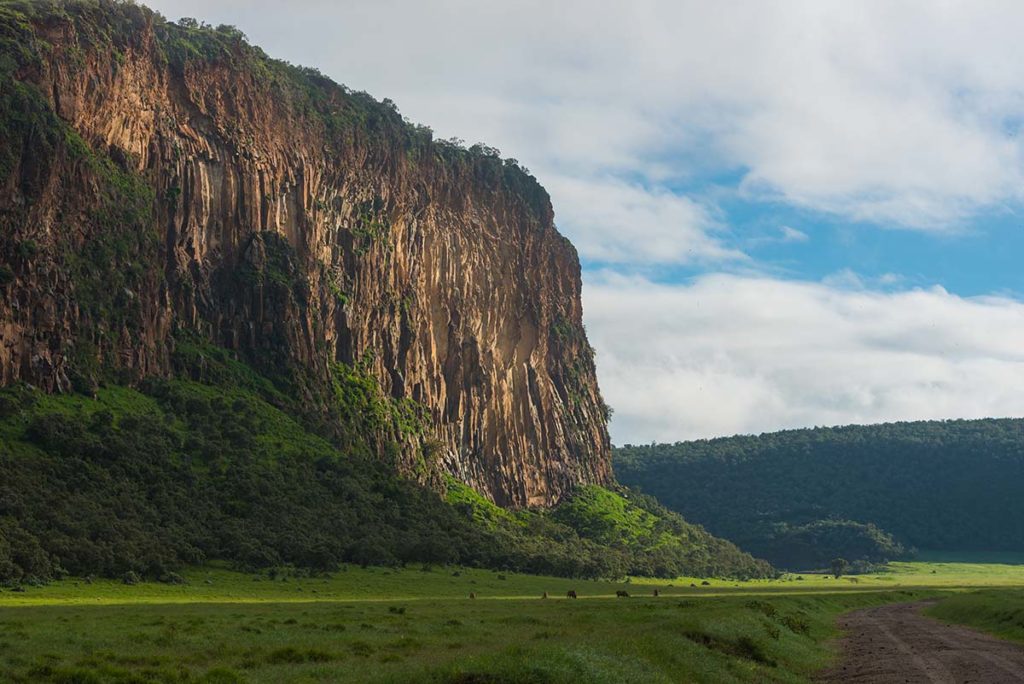
11 Biking in hell
There is only one national park in Kenya in which you can ride (and hire) a mountain bike: Hell’s Gate. Cleft deep into the floor of the Rift Valley, it offers a volcanic landscape of tortured basalt cliffs, rock towers, sultry steaming vents and belching plumes of steam. You can also walk through the park, which is the largest geothermal field in the world.
• Adjacent to Hell’s Gate is Elsamere conservation Sanctuary, the former home of Joy Adamson of Born Free fame, which is now an animal refuge offering educational tours and homemade teas.
12 Spot a sitatunga
Kenya’s smallest national park, the three-square-kilometre Saiwa Swamp, has none of the usual pop-up-top safari vehicles. In fact, it has no cars at all — just sun-dappled woodland paths that wind through a luminous-green realm, alive with dragonflies, butterflies, monkeys and birds. It is also one of the last-known sanctuaries of the semi-aquatic sitatunga antelope, which dances across the water on its specially splayed feet.
• The optimum time to see the sitatungas is at dawn, so stay overnight in one of the park’s tree houses to catch them unawares.
13 Tee off on a volcano
Kenya has 40 golf courses in some stunning locations. There aren’t many places where you’ll encounter the rule: ‘If a ball comes to rest… close to a hippopotamus or crocodile, another one may be dropped at a safe distance, but no nearer the hole, without a penalty’. It certainly adds to the sense of anticipation on the green.
• Stay at Heritage Hotels’ Great Rift Valley Lodge and Golf Resort (below), near Lake Naivasha, and tee off down the slopes of a volcano.
14 Watch the sun go down on the equator
A relic of the Edwardian big-game hunting days, the sundowner is a modern-day safari must. Ideally, set out at 4pm as the afternoon cools, the sun lowers in the sky and the nocturnal creatures begin to stir. Be sure to arrive at your chosen scenic spot by 6pm to set out your chairs and sit back, cocktail in hand, to enjoy the show.
• The pick of sundowner spots are in Tsavo West National Park (above), where you can either climb Poachers’ Lookout or sip with the raptors at Roaring Rocks.
15 Get twitching
With more than 1070 species, Kenya has the second most extensive bird list of any country in Africa, but it’s the vibrancy and ease of the spotting experience that make it so special for amateurs and professionals alike. Top of the tweets is Lake Baringo, closely followed by the Arabuko-Sokoke Forest, the Kakamega Forest National Reserve and, of course, the famous Masai Mara.
• For advice on destinations and guides, consult the East African Natural History Society.
16 Run wild
Kenya has bred some of the most famous athletes in the world. It’s also the venue for the famous Lewa Marathon, which takes place in June in the Lewa Wildlife Conservancy, which allows you to run through the pristine wilderness of Laikipia, a glorious privately owned area that abounds in wildlife and is set against the showstopping backdrop of Mount Kenya.
• To jog alongside the Kenyan greats, go to the High Altitude Training Centre in the town of Iten, some 300km north of Nairobi where all the big names train.
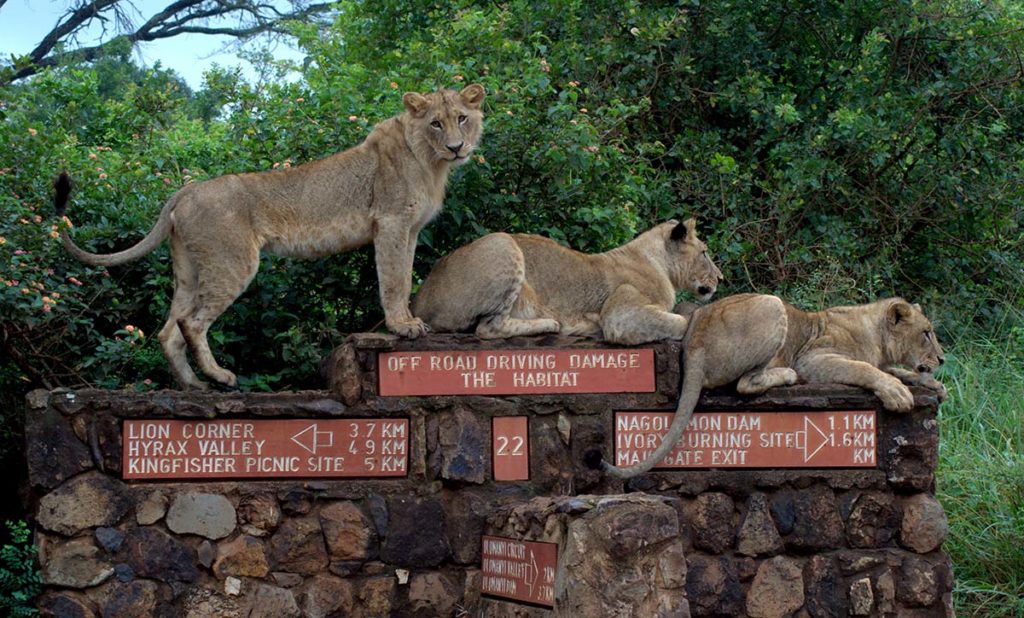
17 Safari in the morning and dine on croc in the evening
The ‘Safari Capital of the World’, Nairobi is the only city to have a national park just ten minutes from its centre. The rolling plains harbour around 100 recorded mammal species, including rhino, buffalo, lion, leopard, crocodile and hippo. Easily accessible by taxi, Nairobi National Park offers a mini Kenyan safari that can be enjoyed in one morning.
• Afterwards head to the city’s world-famous Carnivore Restaurant, where you can sample everything from crocodile to ostrich.
18 Conquer Mount Kenya
A magnificent extinct volcano, Mount Kenya is cloaked in a unique mosaic of forest, moorland, rock and ice, crowned by the glittering twin peaks of Batian (5199m) and Nelion (5188m).
• Almost anyone in robust health can attempt the 3-day trek to Point Lenana (4985m), but allow five days for the round trip. For information contact the Mountain Club of Kenya.
19 Meet the Maasai
Of all its many attractions, Kenya’s most enduring is the genuine warmth of its people. Best known of its ethnic groups are the scarlet-cloaked Maasai, who live a lifestyle that has remained unchanged for centuries.
• Enjoy a Maasai-guided walk, style your own traditional wedding or visit a manyatta (‘settlement’), with Serena Hotels.
20 Dive in
The Indian Ocean coastline promises crescents of silver sand, year-round warm waters, waving coconut palms and a world-class line-up of watersports, including coral-garden snorkelling, dhow sailing, game fishing, diving with dolphins, whale shark watching and turtle nest protection.
• If you’re hooked on the idea of game fishing, book a few nights at Hemingways Watamu.
Follow this link to subscribe to Travel Africa magazine
21 Feel the heat
Searingly hot and arid, Samburu National Reserve lies on the fringes of a vast desert once known as the Northern Frontier District, whose scorched landscape ranges from rugged cliffs to meandering brown rivers, where hippos wallow and the mudbanks are embroidered by grinning bands of crocodiles.
• Samburu’s wildlife includes some specimens you rarely find elsewhere, such as the reticulated giraffe, the Beisa oryx, the gerenuk and the blue-shanked Somali ostrich.
22 Gallop across the plains
Kenya’s equestrian history dates back to the settler days, and there are many opportunities for both beginners and experienced riders. At private ranches such as Great Plains Conservation’s Ol Donyo Lodge in the Chyulu Hills horseback outings allow you to get much closer to the wildlife than would ever be possible in a vehicle. Viewing an elephant from horseback or galloping alongside a giraffe takes some beating.
• Alternatively, opt for a different kind of steed and set out across the Samburu National Reserve on a camel. You can book this through a company such as Wild Frontiers.
23 Dip into Eden
In the middle of the khaki, barren landscape of northern Kenya’s Sibiloi National Park lies Lake Turkana, the world’s largest permanent desert lake, whose shimmering, blue-green waters have earned it the name the Jade Sea. On its eastern shore you’ll find the three-million-year-old Koobi Fora palaeontological site, discovered by Dr Richard Leakey in 1968. Sibiloi is the almost universally recognised ‘Cradle of Mankind’.
• If you visit the onsite Sibiloi museum you can view, among other fossil phenomena, a three-million-year-old giant tortoise.
24 Safari in the shadows of Kili
Amboseli National Park’s emerald-green swamps, in which great herds of elephants wallow half-submerged, are dominated by the magnificent, snow-capped Kilimanjaro. Its panoramic vistas have led it to be favoured by Hollywood professionals and amateur photographers alike.
• The ideal place for watching wildlife graze under the shadow of Kili is Observation Hill, which is best visited at 6pm.
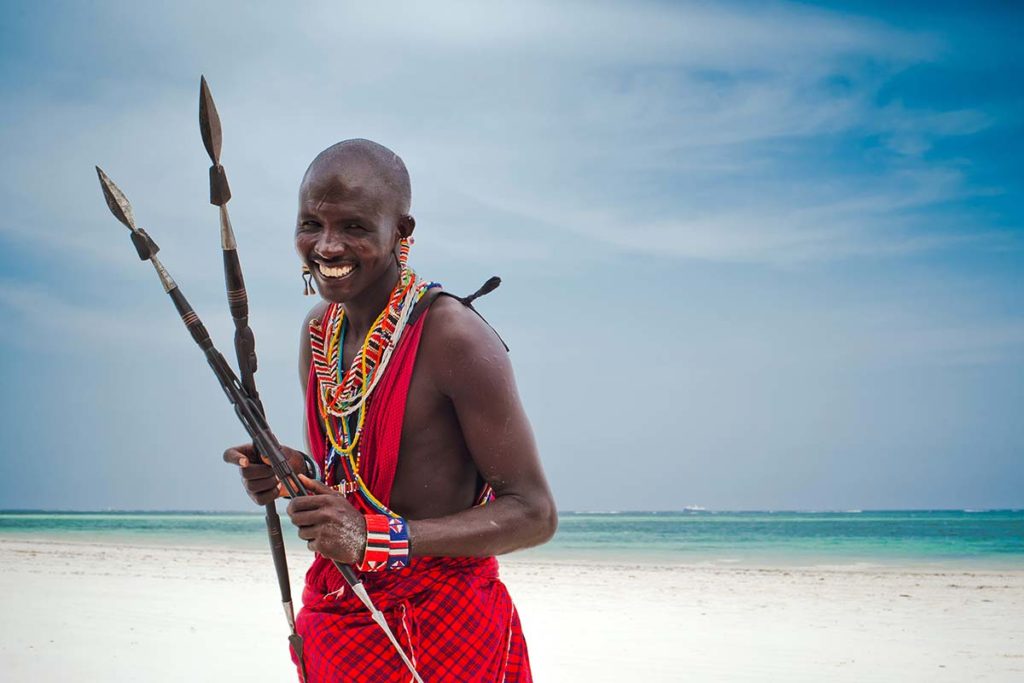
25 Go eco-shopping
For those who love to shop, Kenya has it all: beadwork, hand-woven linens and rugs, safari wear and art. It’s also a treasure trove of alternative gifts such as jewellery wrought from seeds, handbags fashioned from beer-bottle tops, sandals made from old tyres and — the epitome of eco-friendly gifts — writing paper made from rhino or elephant dung.
• For eco-friendly presents, mostly made in cooperation with women’s self-help groups and street children rescue organisations, check out The Banana Box Company.
Other recent articles
Rediscovering Zimbabwe
The green heart: trees of life
Where to look?
Zimbabwe highlights
Circuit breaks
Botswana itineraries
Subscribe
Never miss an issue of Travel Africa
To ensure you get your regular Africa fix, subscribe to have each issue of Travel Africa delivered directly to you as soon as it is published (four times a year). Choose from print+digital or digital-only options, to suit your preferred reading style. Renewals and gift options are also available.
Join our Shamwari gnusletter
Sign up to receive additional content, news and travel tips by email. Your address will be used only for this purpose and you can unsubscribe at any time.
By using this form you agree that you have read our Privacy Policy

